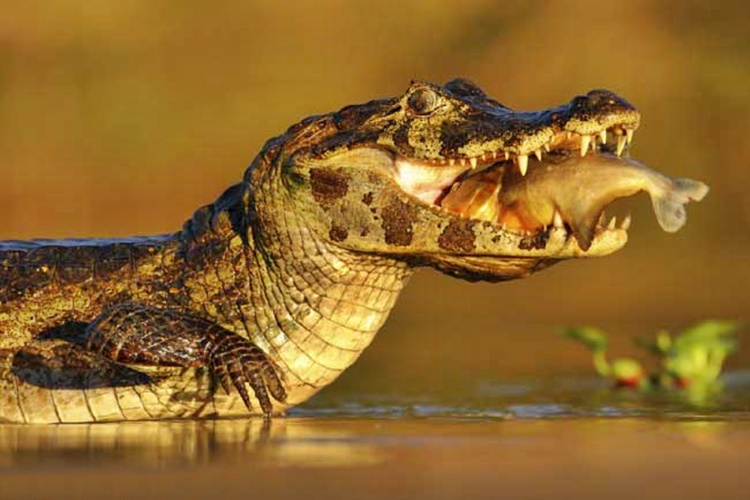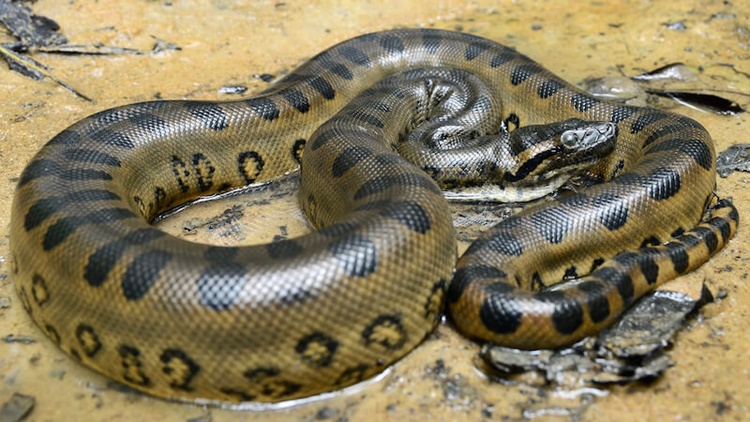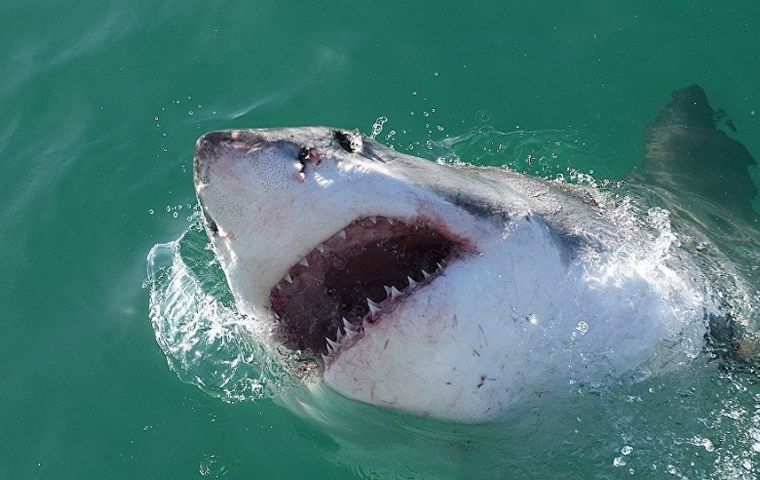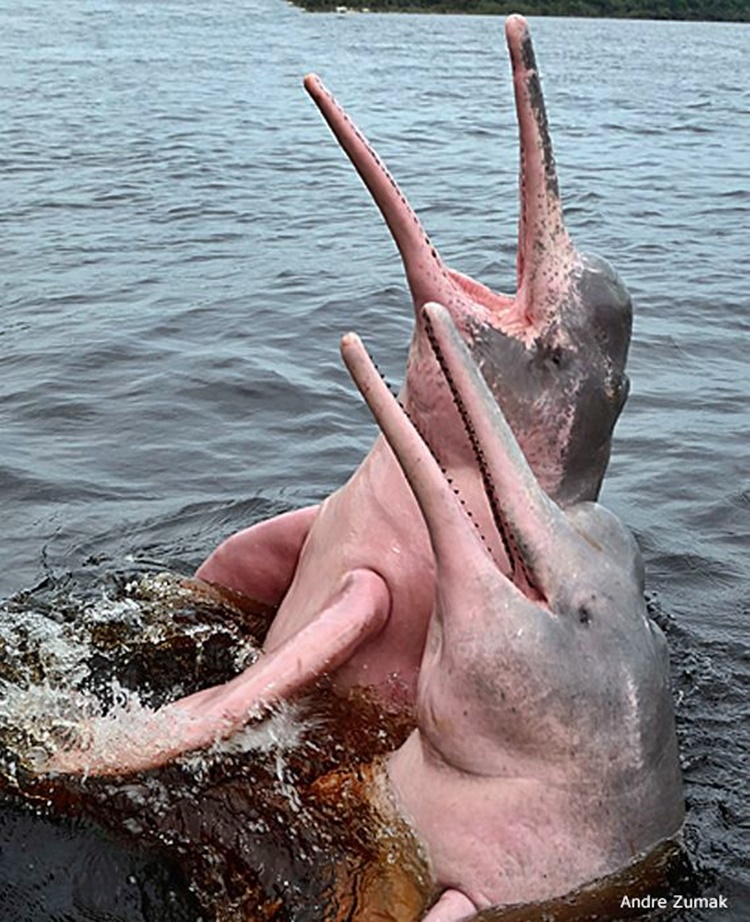Here are some of the most dangerous discoveries in Amazon rainforest.
AMAZON RAINFOREST – Here are some of the most dangerous and most unique animals found at the Amazon, the Earth’s largest rainforest.
The Amazon rainforest can be found in South America and covers 2.1 million square miles of land where Brazil has 60%, Peru has 13%, Colombia has 10%, and other countries in small parts of the rainforest within the borders. It has existed for at least 55 million years already with various and diverse range of species.
With how enormous it can be, here are some of the amazing discoveries in the Amazon:
- CAIMAN – Amazon is a home for this aquatic reptile from the alligator family. Males can reach eight to nine feet (2.4 – 2.7 m) in length while the females are smaller in size.

- GREEN ANACONDA – They are not venomous but they can still kill by using their massive weight and strength to their prey and by chocking them to death. They use their constriction instead for their prey.

- GIANT OTTER – The giant river otter (Pteronura brasiliensis) in amazon is not as cute as how we usually see them. They can grow for up to six feet. And otters in Amazon can eat anaconda and even the deadly caiman.

- BULL SHARKS – They are not just found in sea for these deadly water creatures are also seen in the Amazon river. Bull sharks have this capacity to easily adapt to the fresh water because of their “osmoregulating” kidneys which can amazingly sense the change in salinity of the water they are in.

- PINK DOLPHIN – They are also known as Pink River Dolphin or Boto according to World List. They only live in fresh water found throughout the Amazon and Orinoco river basins in Bolivia, Brazil, Colombia, Ecuador, Guyana, Peru, and Venezuela.

READ ALSO:
- Some Unique Animal Hybrids That Actually Exist
- Some Of The Most Dangerous Animals In The World
- Here’s List Of The Fastest Animals In The World
What can you say about this? Let us know!
For more news and updates, follow us on Twitter:@philnews_ph and Facebook:@PhilNews
